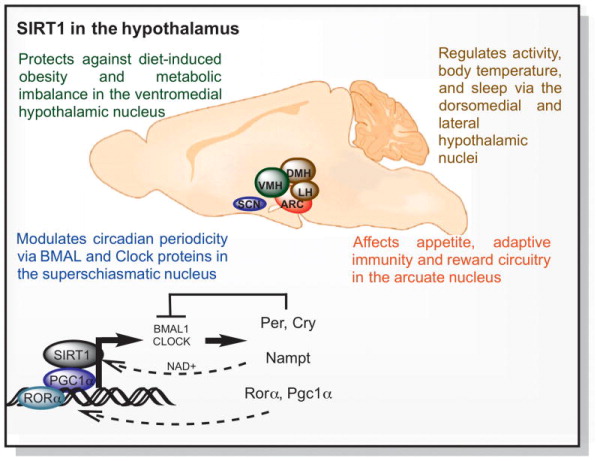Figure 3. Sirtuin1 and hypothalamic function.
The hypothalamus regulates physiology and behavior by coordinating neuroendocrine responses that modulate appetite, temperature, circadian control and hormonal release to maintain homeostasis (Coppari, 2012). In the ventromedial hypothalamic nucleus, SIRT1 increases energy expenditure and protects against diet-induced obesity under fed high-fat diets (Ramadori et al., 2011; Ramadori et al., 2010). SIRT1 also regulates activity and body temperature in the dorsomedial and lateral hypothalamus (Satoh et al., 2010). In arcuate nucleus, SIRT1 modulates appetite, adaptive immunity and reward circuitry (Dietrich et al., 2010; Matarese et al., 2013). In the superschiasmatic nucleus of the hypothalamus, SIRT1 levels decrease with aging, affecting the activity pattern and circadian period. Overexpressing brain SIRT1 activates the transcription of BMAL and CLOCK proteins enabling animals to be protected from aging related changes to the central circadian clock (Chang and Guarente, 2013).

